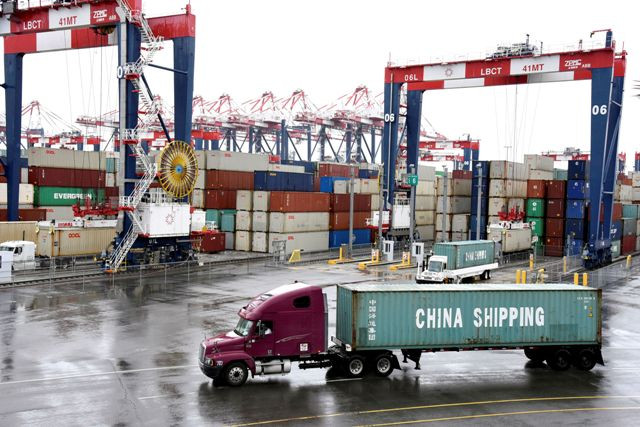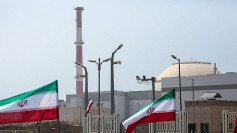The burden of US President Donald Trump's hardline on China is being passed on the voters and American businesses, according to a recent study published by a group of economists. The study revealed that the trade war has a minor effect in China compared to the suffering now endured by the Americans.
When Trump waged his trade war against the Asian powerhouse, his goal was clear. It was to make China agree on some revisions of agreements between the world's two largest economies. He accused Beijing of intellectual property infringement and illegal transfer of technology, among others.
Most recently the Asian powerhouse agreed to a phase one deal with Washington, something that Trump said was a sign that his trade war was a success.
The study, however, found that tariffs may have convinced China to negotiate under Trump's terms and conditions, but, the Americans were left alone to deal with the repercussion of their president's own trade war.
Trump may say that his country is "taxing the hell out of China," but data showed that American business and consumers are bearing the financial brunt of his own doing, the study said.
For the study, economists analyze tariffs data through October and found that levies are continued to be passed on the Americans. For instance, the study found that about 100% of import taxes were passed on to American consumers.
Mary Amiti, an economist at the Federal Reserve Bank of New York and one of the authors of the study, said the "U.S. tariffs continue to be almost entirely borne by U.S. firms and consumers." She wrote the study with David Weinstein of Colombia University and Stephen Redding of Princeton.
This new study followed a December 2018 analysis from the same authors, which found that consumers and importers are paying $3.2 billion monthly in added taxes and $1.4 million in efficiency loss.
Their recent study noted that import prices on Chinese goods are generally unchanged even with the tariffs, proving that levies had little impact on China's market.
Indeed, China's Shanghai Composite ended 2019 with a roar, bouncing back to its glory that was last seen in 2014. The index soared 22% as markets close on Tuesday for the New Year. Tuesday also marked the last trading day fro 2019.
The Shanghai Index ended the year as among the top performers of all major Asian stock indexes with domestic stocks bringing in the success. Chinese chip company Will Semiconductor Shanghai was the best performing stock while Chinese biotech firm Sino Biopharmaceuticals is the top gainer. The latter registered double gains in its stock this year.
There have been positive movements in the Chinese stock market in general. The country's factory sector inched higher in December. Its manufacturing index registered 50.2 points, which were better than analysts' expectation of 50.2 points. For context, a reading of more than 50 points means the index grew in the most recent month.
China's sector services sector also registered growth of 53.5 points in December, although slightly slower with how it was performing in the previous years.
Nevertheless, even if growth is relatively slower this year compared to previous years, China's stock market remained to be among the strongest rated global indexes. It climbed 35% in the main blue-chip index compared to its Wall Street counterparts. This means that investors do not decide based on the China-US trade conflicts that brought unpredictability in markets worldwide.
Market analysts pointed to a number of stimuli for the remarkable performance within the Shanghai index and Chinese markets in general. One was that ahead of the years closing, the People's Bank of China announced it is cutting the number of cash reserves required from banks.
Specifically, PBOC is slashing cash reserve requirements by 50 basis points. The cut will take effect on January 6. Once in effect, Chinese banks could issue lending money to as much as $155 billion. Local businesses will benefit from it, pumping a significant boost to the Chinese economy.
There had also been a number of financial measures implemented that are meant to reform China's stock market. For example, the STAR Market in Shanghai was launched recently. Also, China A-shares were included in global benchmarks by index publishers, including MSCI and FTSE Russell.
The remarkable growth of China's stock market was seen as early as September. At the time reports noted that foreigners were given access to as much as $253.14 billion in Chinese equities. That was a 40% jump compared to 2018.






